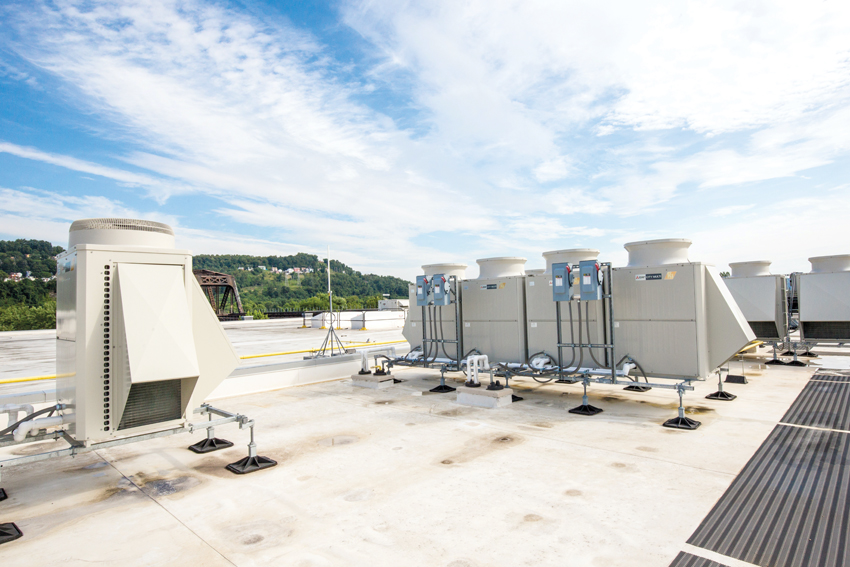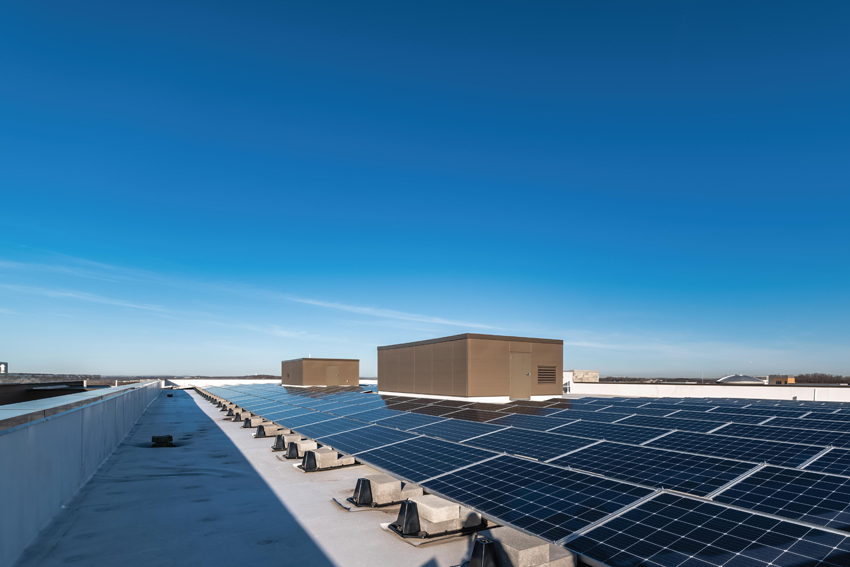Strategic Electrification, Decarbonization, and the Role of Advanced Heat Pump Technology
Learning Objectives:
- Explain the concept of strategic electrification and why building decarbonization is one impactful strategy for achieving strategic electrification.
- Demonstrate how heat pumps help to achieve decarbonization and strategic electrification.
- Explore the advanced heating capabilities of variable refrigerant flow (VRF) zoning technology and why there is promising opportunity for strategic electrification.
- Analyze efforts by municipalities across the United States to implement strategic electrification.
Credits:
This course is approved as a Structured Course
This course can be self-reported to the AANB, as per their CE Guidelines
Approved for structured learning
Approved for Core Learning
This course can be self-reported to the NLAA
Course may qualify for Learning Hours with NWTAA
Course eligible for OAA Learning Hours
This course is approved as a core course
This course can be self-reported for Learning Units to the Architectural Institute of British Columbia
In May of 2017, the last large coal-fired power plant in New England closed, and by the end of 2020, the last of New York’s coal plants are set to close. State and local governments are implementing carbon-reduction policies with support from the building industry and nonprofit organizations. For example, Northeast Energy Efficiency Partnerships (NEEP), a nonprofit organization dedicated to accelerating energy efficiency in the Northeast and Mid-Atlantic states, says its “long-term shared goal is to assist the region to reduce carbon emissions 80 percent by 2050.” NEEP notes four key strategies for achieving its carbon reduction goal: “dramatically improve the efficiency of energy use; decarbonize the electric grid through the use of distributed and large-scale renewable energy sources; move as many end uses as possible to renewable electricity; and use lower-carbon fuels for remaining needs.”1

All images are courtesy of Mitsubishi Electric Trane HVAC US
Variable refrigerant flow (VRF) outdoor units are compact, quiet and lightweight.
NEEP maintains that the key drivers behind these strategies, in addition to carbon emissions and reducing dependence on fossil fuels, are health, comfort, safety and costs. In an effort to benefit consumers, businesses, and the environment, NEEP believes that advanced electric technologies, such as space/water heating, deep energy efficiency like thermal improvements, and grid integration, including the flexible use of energy, are all crucial components of reducing carbon emissions through strategic electrification.2
Defining Strategic Electrification
NEEP defines strategic electrification as “powering end uses with electricity instead of fossil fuels in a way that increases energy efficiency and reduces pollution, while lowering costs to customers and society, as part of an integrated approach to deep decarbonization.”3

This building uses water-source VRF and therefore does not have rooftop outdoor units.
Strategic electrification is also sometimes known as beneficial electrification and offers many opportunities within both the commercial and residential sectors to reduce emissions and energy costs. For instance, strategic electrification can include switching to an electric car or heating system. Strategic electrification occurs when both the end-user and the environment benefit and efficiency policies strive to assess the life-cycle energy savings of a product.4
The Current State of Strategic Electrification
At the moment, the majority of vehicles and homes still rely on the on-demand, on-site burning of fossil fuels for power and heat, and many view using electricity as inefficient; however, the Environmental and Energy Study Institute (EESI) notes several factors that make electrification more viable, both financially and environmentally:
- Rapid growth in low-cost, zero-emissions power
- Volatility in fossil fuel prices and availability (especially propane and heating oil)
- Increasing efficiency and performance of electric-powered appliances and vehicles
- Growing need for electricity load management
- Emission reduction goals5
Adopting electrification would necessitate a shift in the viewpoints and business models set forth by utility companies, policymakers, and other invested parties. For example, the EESI recommends that rather than considering the power, heating, and transportation sectors as distinct, energy consumption should be analyzed as a whole across the U.S. economy to incentivize electrification, enabling both financial growth and environmental benefits. The EESI further claims that the electrification of the transportation and commercial and residential building sectors would “double electricity use by 2050” while reducing greenhouse gas emissions by 70 percent.
New technologies are also making strategic electrification more viable by reducing power demand. For instance, energy efficiency, demand-response technologies, inexpensive renewable power, and the closing of coal plants are “reducing the carbon intensity of the electric grid,” causing electricity to become more environmentally beneficial. Overall, strategic electrification would simultaneously green the grid, increase the sale of electricity, and “link the electric utility model to a clean energy future.”6
Strategic Electrification and Decarbonization
The major goal of strategic electrification is to identify opportunities provided by new technologies to switch from fossil fuel use to electricity—where it is practical from financial and environmental perspectives. Another goal is “to accelerate long-term market transformation for strategic electrification to displace the use of carbon-intensive fuels.”7
Displacing the use of carbon-intensive fuels, or decarbonization, is “the process by which the average amount of carbon in primary energy reduces over a period of time.”















